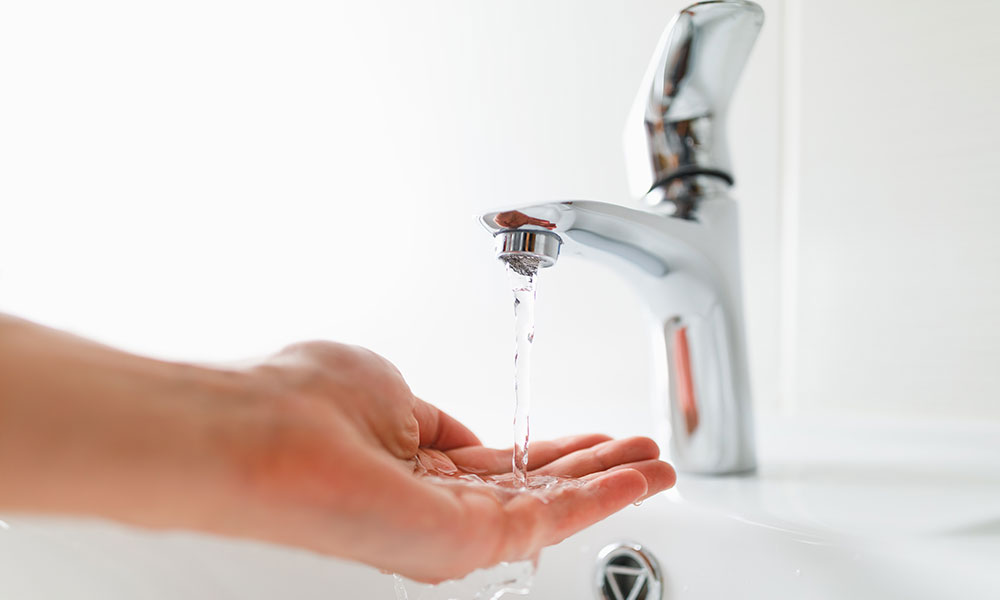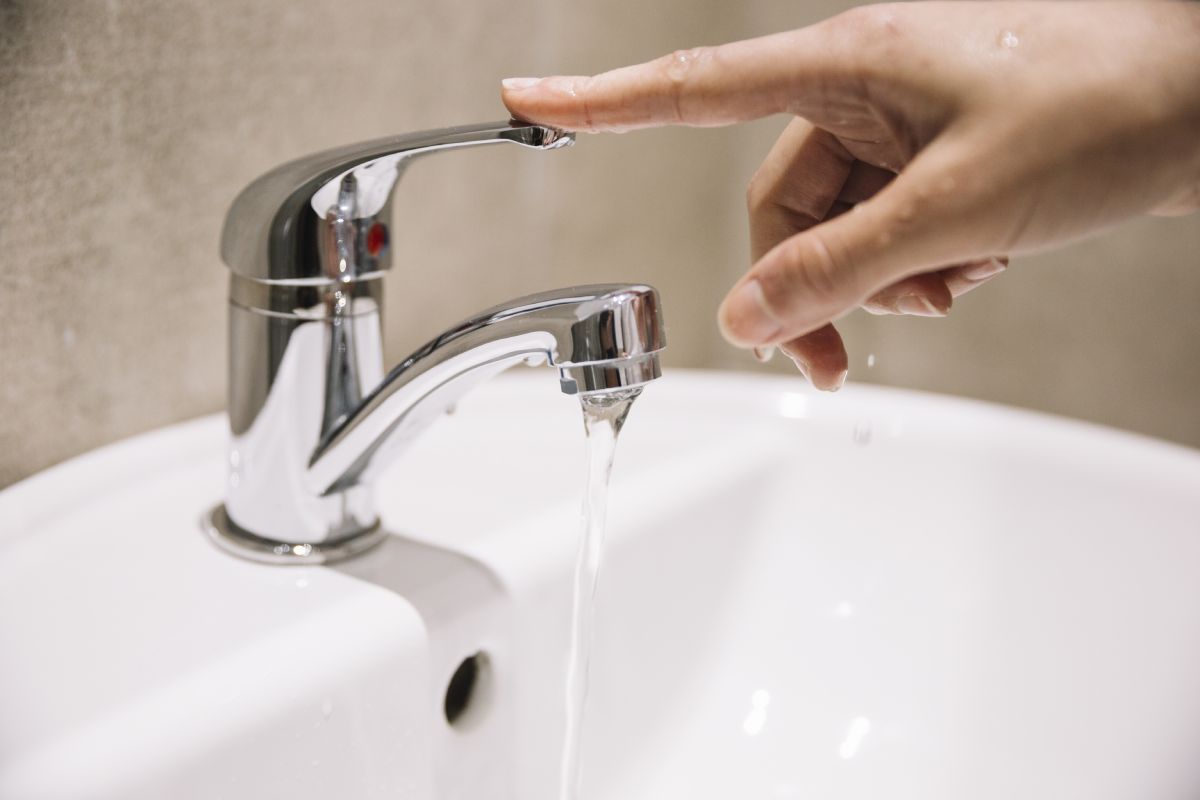Clear Techniques for Resolving Low Water Pressure in Your Home
Clear Techniques for Resolving Low Water Pressure in Your Home
Blog Article
Were you in search of facts involving 4 Ways to Troubleshoot Low Water Pressure?

Low water stress in your home can be an irritating problem, influencing everything from bathing to washing meals. If you're experiencing weak water circulation, there are several feasible causes and solutions to discover. In this overview, we'll review typical factors for low water pressure and sensible steps to resolve the concern effectively.
Intro to Low Water Stress
Low tide pressure occurs when the flow of water from your faucets, showers, and various other components is weak than normal. This can make daily jobs more tough and less efficient. Comprehending the reasons for low tide stress is vital to locating the appropriate remedy.
Common Root Causes Of Low Water Stress
Pipe Obstructions
Over time, pipelines can come to be obstructed with mineral deposits, sediment, or particles, restricting the flow of water. This is a typical issue in older homes with galvanized steel pipes.
Corrosion
Deterioration within pipes can result in leaks and decreased water pressure. Rust build-up can restrict water flow, particularly in aging plumbing systems.
Faulty Pressure Regulators
Stress regulatory authorities are in charge of keeping constant water pressure in your home. If they malfunction, it can lead to low tide pressure or unequal flow throughout your home.
Metropolitan Water System Issues
Occasionally, the issue lies outside your home. Municipal water system problems, such as main line leakages or maintenance job, can temporarily decrease water stress in your area.
Exactly How to Diagnose Low Water Stress
Checking Taps and Components
Start by evaluating the water stress at different faucets and fixtures throughout your home. If the issue is separated to particular areas, it may indicate localized issues.
Checking Pipes
Check noticeable pipes for indications of leaks, corrosion, or clogs. Focus on any kind of uncommon sounds, such as knocking or rattling pipelines, which might suggest issues within the plumbing system.
Consulting with a Plumber
If you're not able to pinpoint the source of low water stress, think about working with a specialist plumber to perform a thorough assessment. They can identify underlying problems and advise appropriate remedies.
DIY Solutions to Fix Low Tide Pressure
Cleansing Aerators and Showerheads
Mineral deposits can gather in aerators and showerheads, lowering water circulation. Eliminate and cleanse these elements consistently to boost water pressure.
Flushing Water Heater
Debris build-up in the hot water heater can restrict circulation and decrease performance. Purging the tank periodically helps eliminate debris and preserve ideal performance.
Inspecting Stress Regulatory Authority
Guarantee that the pressure regulator is functioning appropriately. Readjusting or replacing the regulator can help recover appropriate water stress throughout your home.
Clearing Clogs in Piping
For small blockages, attempt making use of a plumbing serpent or chemical drain cleaner to clear obstructions in pipes. Be cautious when utilizing chemicals and adhere to safety and security standards.
When to Call an Expert Plumber
If DIY initiatives fall short to settle the issue or if you think significant plumbing issues, it's ideal to seek help from a certified plumber. They have the competence and tools to resolve complex issues securely and effectively.
Preventive Measures to Keep Water Stress
Regular Upkeep
Schedule routine maintenance for your plumbing system to prevent concerns such as rust, leaks, and clogs. Dealing with minor problems early can help stay clear of more significant repairs later on.
Installing a Stress Booster
Take into consideration installing a pressure booster pump to improve water pressure in areas with continually reduced flow. This can be specifically useful for multi-story homes or residential properties with high-demand components.
Tracking Water Usage
Bear in mind water use habits and stay clear of ill-using the plumbing system. Straightforward modifications, such as astonishing showers and laundry loads, can help maintain sufficient water stress.
Verdict
Dealing with low tide stress can be frustrating, however determining the underlying reasons and implementing suitable solutions can bring back optimum flow throughout your home. Whether it's cleaning up aerators, checking pipelines, or seeking advice from a plumber, taking positive steps can ensure a steady supply of water for your day-to-day needs.
FOUR WAYS TO FIX LOW WATER PRESSURE NOW
Turning on a shower or faucet only to find the water comes out in a sad, slow drizzle is never a good feeling. How exactly are you supposed to wash a pan or take a quick shower when it takes 10 minutes just to rinse off a little soap? The good news is that when your water pressure is bad, there's always a cause: typically one that can be easily fixed. Here are some of the most common causes of low pressure and what you can do to fix the issue:
DEBRIS AND MINERAL DEPOSIT BUILDUPS
If you notice low water pressure from just one or two of the fixtures in your house, the problem likely has to do with debris buildup. Water is full of minerals and other debris, all of which can accumulate in your pipes and on your fixtures. This can cause a blockage that affects how much water flows through. To fix this, try filling a small plastic bag with white vinegar, and use a rubber band to hang it around your showerhead or faucet. Let the head of the fixture soak for a few hours, and the vinegar should loosen the deposits.
WATER LEAKS
Leaks are another common cause of low water pressure. If water is flowing out of your plumbing through a hole or crack before it can reach your fixture, the pressure coming out of the faucet or showerhead will be lower. A plumbing professional is your best bet for finding and repairing a leak in your water supply pipes.
Leaks are another common cause of low water pressure. If water is flowing out of your plumbing through a hole or crack before it can reach your fixture, the pressure coming out of the faucet or showerhead will be lower. A plumbing professional is your best bet for finding and repairing a leak in your water supply pipes.
FOUR WAYS TO FIX LOW WATER PRESSURE NOW
Turning on a shower or faucet only to find the water comes out in a sad, slow drizzle is never a good feeling. How exactly are you supposed to wash a pan or take a quick shower when it takes 10 minutes just to rinse off a little soap? The good news is that when your water pressure is bad, there's always a cause: typically one that can be easily fixed. Here are some of the most common causes of low pressure and what you can do to fix the issue:
DEBRIS AND MINERAL DEPOSIT BUILDUPS
If you notice low water pressure from just one or two of the fixtures in your house, the problem likely has to do with debris buildup. Water is full of minerals and other debris, all of which can accumulate in your pipes and on your fixtures. This can cause a blockage that affects how much water flows through. To fix this, try filling a small plastic bag with white vinegar, and use a rubber band to hang it around your showerhead or faucet. Let the head of the fixture soak for a few hours, and the vinegar should loosen the deposits.
WATER LEAKS
Leaks are another common cause of low water pressure. If water is flowing out of your plumbing through a hole or crack before it can reach your fixture, the pressure coming out of the faucet or showerhead will be lower. A plumbing professional is your best bet for finding and repairing a leak in your water supply pipes.
Leaks are another common cause of low water pressure. If water is flowing out of your plumbing through a hole or crack before it can reach your fixture, the pressure coming out of the faucet or showerhead will be lower. A plumbing professional is your best bet for finding and repairing a leak in your water supply pipes.
A VALVE ISSUE
If you have low water pressure throughout your home, check your main shut-off valve to make sure it's completely open. You may also want to see if there's a pressure-reducing valve installed. If there is, have a plumber help you adjust the settings to get the pressure you're looking for.
OTHERS USING WATER
Believe it or not, your low water pressure could be caused by your neighbors. If you notice low pressure at certain times of day, it may be because you and the people living next to you have similar schedules - when everyone is showering at the same time, the pressure will be lower in every home. Low pressure throughout the neighborhood may also be caused by an issue with your municipal water supply. If that's the case, call the supplier to see if they're working on the issue.
https://www.rotorooter.com/blog/water-leaking/low-water-pressure-fixes/

Do you like more info about ? Give a comment below. We would be delighted to know your thinking about this write up. We hope that you visit us again later on. Enjoyed reading our review? Please share it. Help another person find it. I appreciate reading our article about 4 Ways to Troubleshoot Low Water Pressure.
Book Report this page